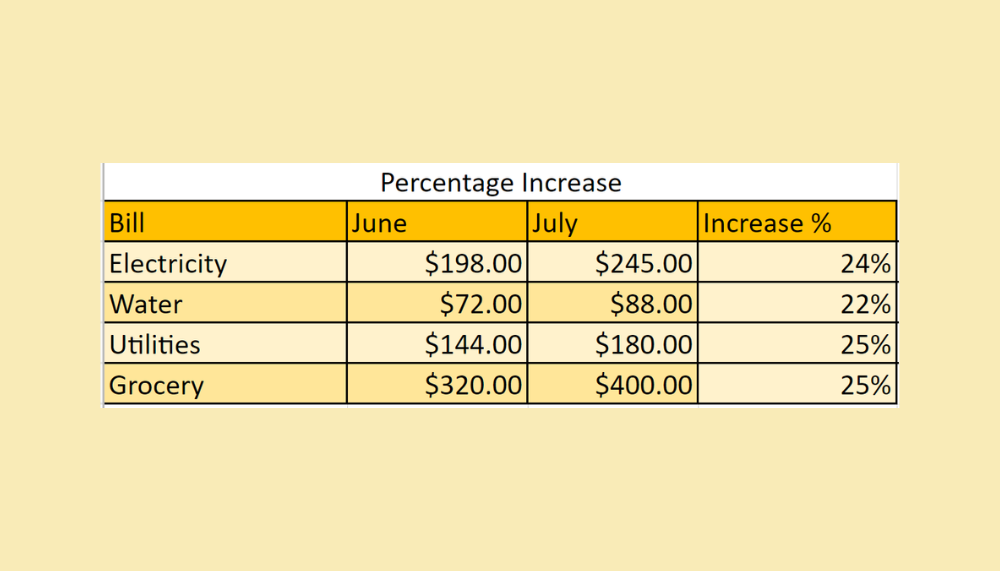5 Essential Spots to Store Physician Order Forms

Organizing your medical practice can be a daunting task, particularly when it comes to managing physician order forms. These crucial documents need to be easily accessible, securely stored, and organized in a way that streamlines your daily operations. In this comprehensive guide, we'll explore the best locations within your practice to keep these forms for optimum efficiency.
At the Nurse’s Station

The nurse’s station is the nerve center of any medical facility. Here, medical personnel can quickly access physician orders to administer treatments, order lab tests, or update patient charts.
- Centralized Access: Keeps all healthcare providers in the loop.
- Emergency Preparedness: Ensures that in an emergency, staff can locate and act on orders without delay.
- Filing System: Use color-coded or labeled folders for each type of order to prevent misplacement and facilitate retrieval.
💡 Note: Ensure the forms are kept in a secure area within the station to comply with patient privacy regulations like HIPAA.
In Physicians’ Offices

Physicians often draft and sign orders in their offices, making it logical to store these forms here for immediate reference. Here are some tips:
- Organized Filing: Each physician’s office should have its own filing system for their orders, minimizing search time.
- Accessibility: Orders should be kept close to where the physician often works, like next to their desk or computer station.
- Confidentiality: Keep the documents in a lockable cabinet to ensure patient information security.
Lab & Diagnostic Departments

Lab technicians and radiology staff rely heavily on accurate physician orders to perform tests and diagnostics correctly. Storing forms here can:
- Streamline Process: Reduce time spent fetching forms from other departments.
- Improve Accuracy: Staff can confirm details immediately before conducting procedures.
- Cross-Departmental Coordination: Copies of orders can be forwarded to relevant departments for scheduling or result reporting.
Pharmacy or Medication Administration Areas

To ensure that medication orders are executed safely and promptly:
- Prompt Dispensing: Immediate access to orders can accelerate the medication dispensing process.
- Error Reduction: Pharmacists can verify orders against patient records for accuracy before dispensing.
- Continuity of Care: Order storage here can facilitate smooth transitions during patient handovers.
🧑⚕️ Note: Implement a double-check system to prevent errors in medication orders, using separate spaces for orders yet to be filled and those already processed.
Reception or Intake Area

The reception area serves as the first point of contact, where initial orders are often recorded:
- Patient Registration: Forms can be quickly retrieved for new patient intake or registration updates.
- Appointment Scheduling: Receptionists can use orders to schedule necessary follow-ups or treatments.
- Patient Queries: Immediate access helps in providing answers or explanations to patients regarding their care plan.
All these storage spots need to be backed up with a robust document management system, whether digital or physical, to ensure that there is always a backup in case of an original form's loss or damage.
By strategically placing physician order forms, your practice can enhance its operational efficiency, increase accuracy, and ensure that every member of the healthcare team has the resources they need when they need them. This systematic approach not only improves patient care quality but also safeguards your practice against operational and compliance issues.
How do I keep physician orders secure and confidential?

+
Use lockable cabinets or drawers, maintain digital security protocols for electronic records, and train staff on privacy regulations like HIPAA or GDPR.
Should I keep digital or paper copies of physician orders?

+
It’s often best to keep both. Digital records for backup, quick access, and remote retrieval, while paper copies can serve in case of technical failures or for immediate use.
Can I use a color-coding system to organize physician order forms?

+
Yes, color-coding is an effective way to quickly identify the type of order or its urgency, reducing retrieval time.
What do I do if an order form is lost or misplaced?

+
Consult your backup system, whether digital or a copy filed elsewhere, and report the incident. Implement better security measures to prevent future losses.
How often should we review and update the storage of physician order forms?

+
Regular audits, at least quarterly, can help to ensure compliance, update systems, and correct any organizational issues that arise.



